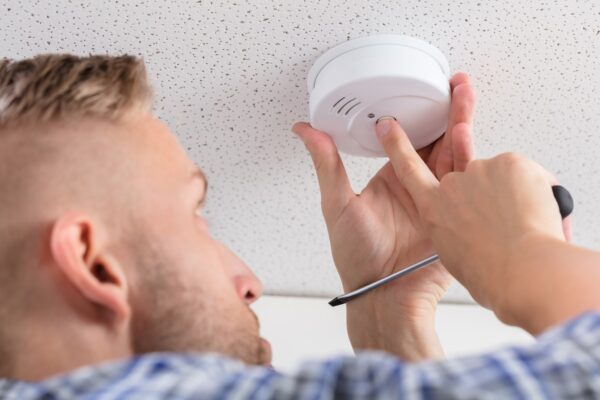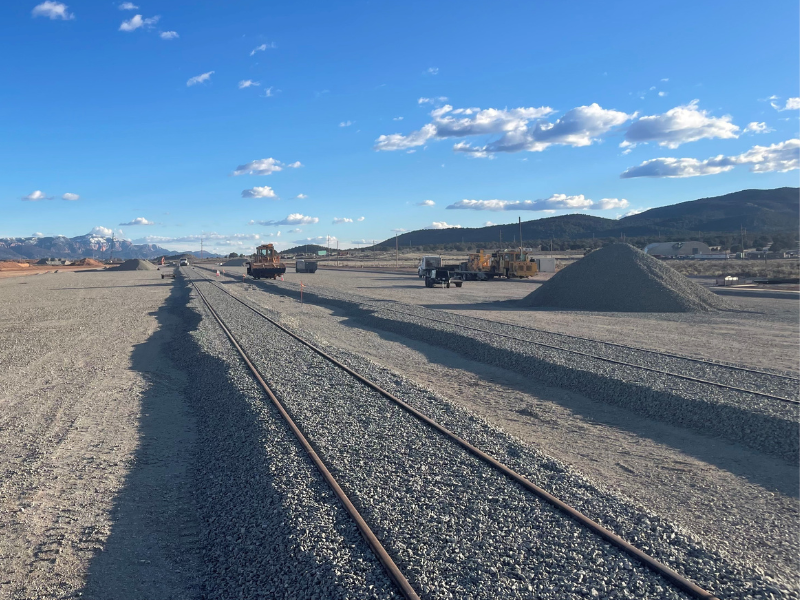
Winter Brings an Increased Risk of Carbon Monoxide Poisoning
The gray skies and frigid air that accompany the New Year do more than signal a season of snowy weather – they create an atmosphere of change. They bring layered clothing, salted driveways, garden covers, and frequent thermostat adjustments.
Heating bills aren’t the only things on the rise as the weather grows colder; the risk of carbon monoxide poisoning goes up as well.
Carbon Monoxide Poisoning – Winter’s Unwelcome Guest
According to the Center for Disease Control (CDC), carbon monoxide (CO) poses a significant threat during the wintry months as homes often depend on an indoor heating system. As the heater runs, CO byproduct fills the home, which can lead to hospital visits and unexpected fatalities.
Luckily, you need not choose between remaining cold in your home or office, and putting yourself in danger. Laws ensure that a modern CO detector is installed in every room. In addition, learning more about what CO is, where it comes from, and how to identify CO poisoning symptoms can help dispel fears.
What is Carbon Monoxide?
Carbon monoxide is a gaseous element created when a carbon molecule is bonded with an oxygen molecule. The effect of the gas can be quite harmful in large quantities, but we do encounter traces of it all throughout the day. These sources include:
-
- Car exhaust
- Wood-burning fires
- Gas ovens
- HVAC systems
- Portable generators
- Decaying plants
- The earth’s atmosphere
This gas — much like carbon dioxide and oxygen — is colorless and odorless, which makes a CO detector all the more important. In the event of CO saturation, a monitor will sound an alarm, letting everyone in the building know that they need to evacuate.
How does my CO detector work?
The typical carbon monoxide monitor needs only a few specific parts to measure the CO levels in your building and notify you of danger: a sensor, an electrical microchip, and an alarm.
- The sensor: There are a few different types of CO sensors, each of which uses its own method to measure saturation levels. Some use color-changing gel that reacts to carbon monoxide, while others us an electrochemical solution that senses the currents traveling through the air. Either way, when CO levels reach a dangerous threshold the device will send a signal to the embedded microchip.
- The microchip: The microchip itself is continually pinging back and forth with the sensor, ready to activate the alarm if the sensor registers elevated CO levels.
- The alarm: If you’ve ever heard a CO alarm sound, you know that it can be quite loud. It may even sound if it detects that another one is going off nearby. Depending on the model, there are various levels of interconnectivity. When the monitor is worried about carbon monoxide poisoning, all nearby will know about it.
What are the CO poisoning symptoms?
If saturation exceeds safe levels, you may feel one or more of the primary CO poisoning symptoms. These include:
- Headache
- Nausea
- Vomiting
- Chest/stomach pain
- Confusion
The CDC reports that many who have suffered from carbon monoxide have described “flu-like” effects. And people who are sleeping or drunk can die before exhibiting any CO poisoning symptoms.
In light of how terrible carbon monoxide poisoning can be, you may be curious if there’s anything else you can do, apart from keeping your CO detector stocked with fresh batteries. Luckily, the University of Utah provided a list, which can be helpful to follow at home and at work. A few standouts include:
- Inspect your building after heavy snowfall to ensure that snow isn’t blocking air vents and fresh-air intakes
- Do not burn anything in an unvented stove or fireplace
- Do not heat your house with a natural gas oven
- Do not run any vehicle with an exhaust port in an enclosed space, like your garage, even if there are open doors and windows to the outside
Despite how frightening carbon monoxide poisoning can be, many problems can be avoided by having the right equipment (like a CO detector) and knowing the warning signs (like CO poisoning symptoms). If you suspect that you or someone you know may be suffering from CO sickness, leave the area immediately and call 911.
Carbon Monoxide Poisoning First-Aid
As service providers who specialize in supply chain optimization within numerous industries, Savage Team Members regularly undergo first-aid training before operating heavy machinery or working around noxious fumes. That includes learning what to do if someone shows CO poisoning symptoms.
After vacating the compromised area and calling 911, you may need to provide further assistance before emergency services arrive. If the affected individual is unconscious or has stopped breathing, perform CPR according to the Red Cross’s guidelines:
- Tilt the head back to open the airway
- Place both hands in the middle of the chest, with shoulders over the hands and elbows locked
- Give 30 chest compressions at a rate of 100 per minute
- Allow chest to return to its normal position in between each compression
- Give 2 breaths, lasting about a second long each
- Repeat as needed until the victim is breathing or an AED becomes available
Carbon monoxide can be frightening. But knowing the signs of poisoning and the proper response can be the difference between life and death.



